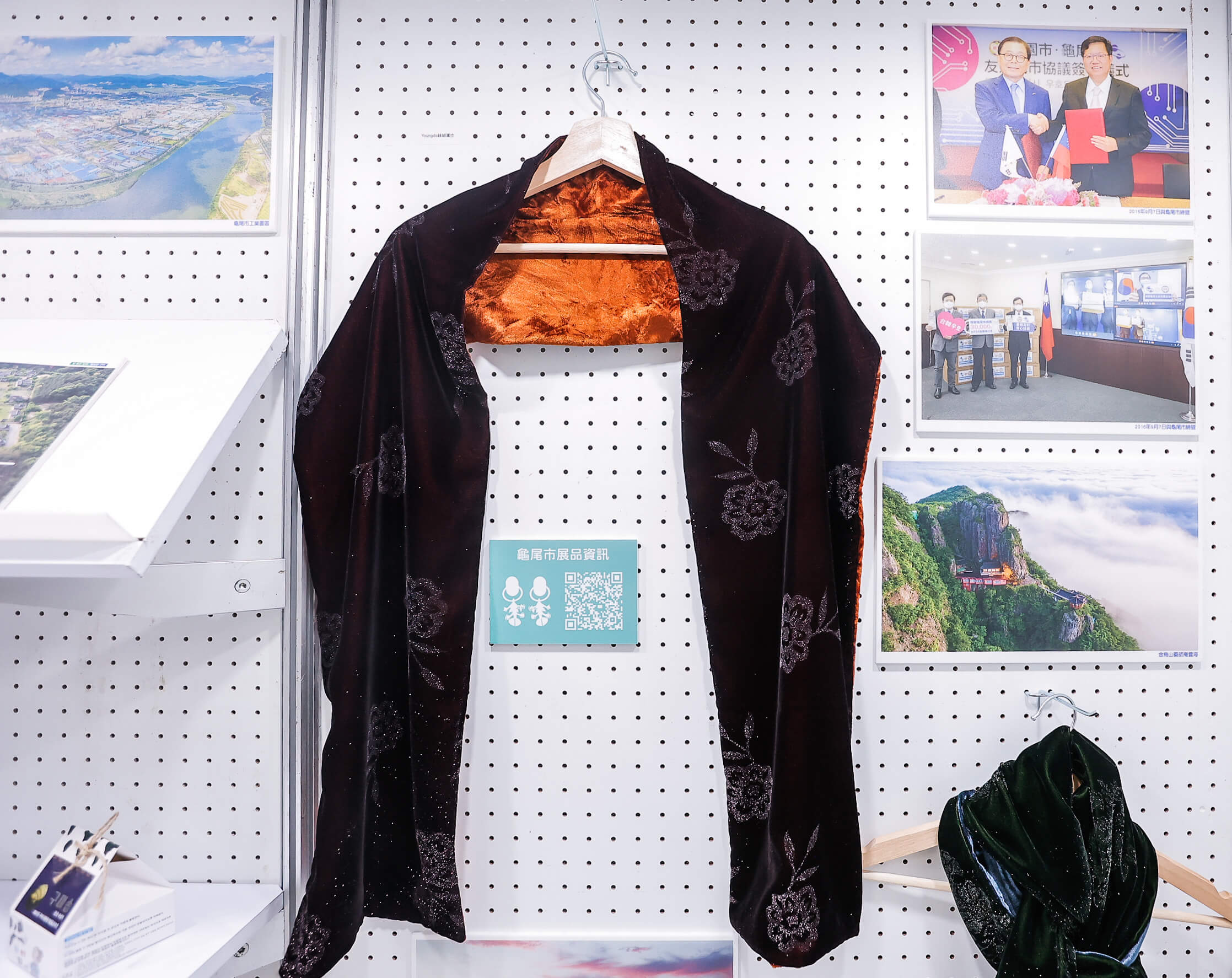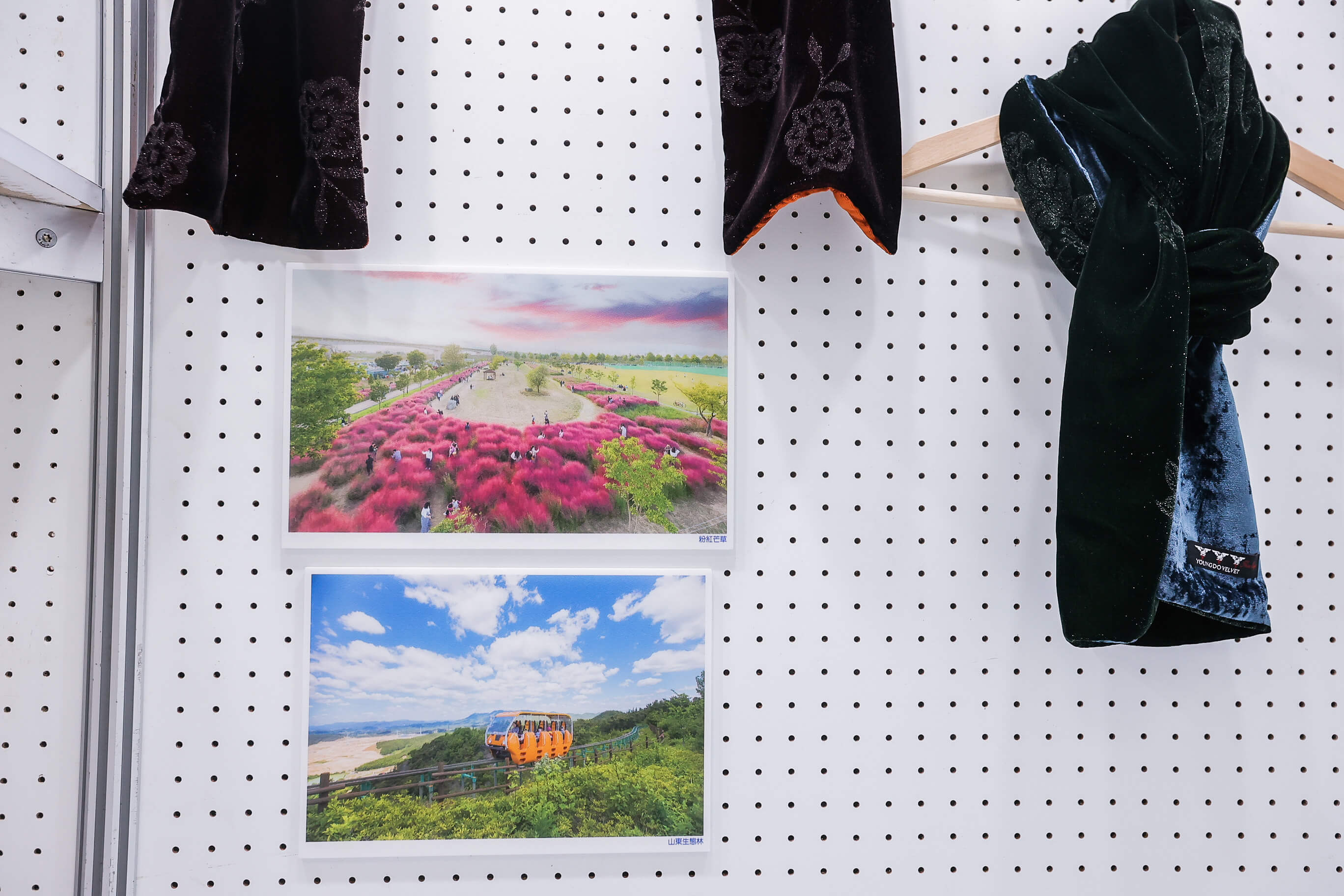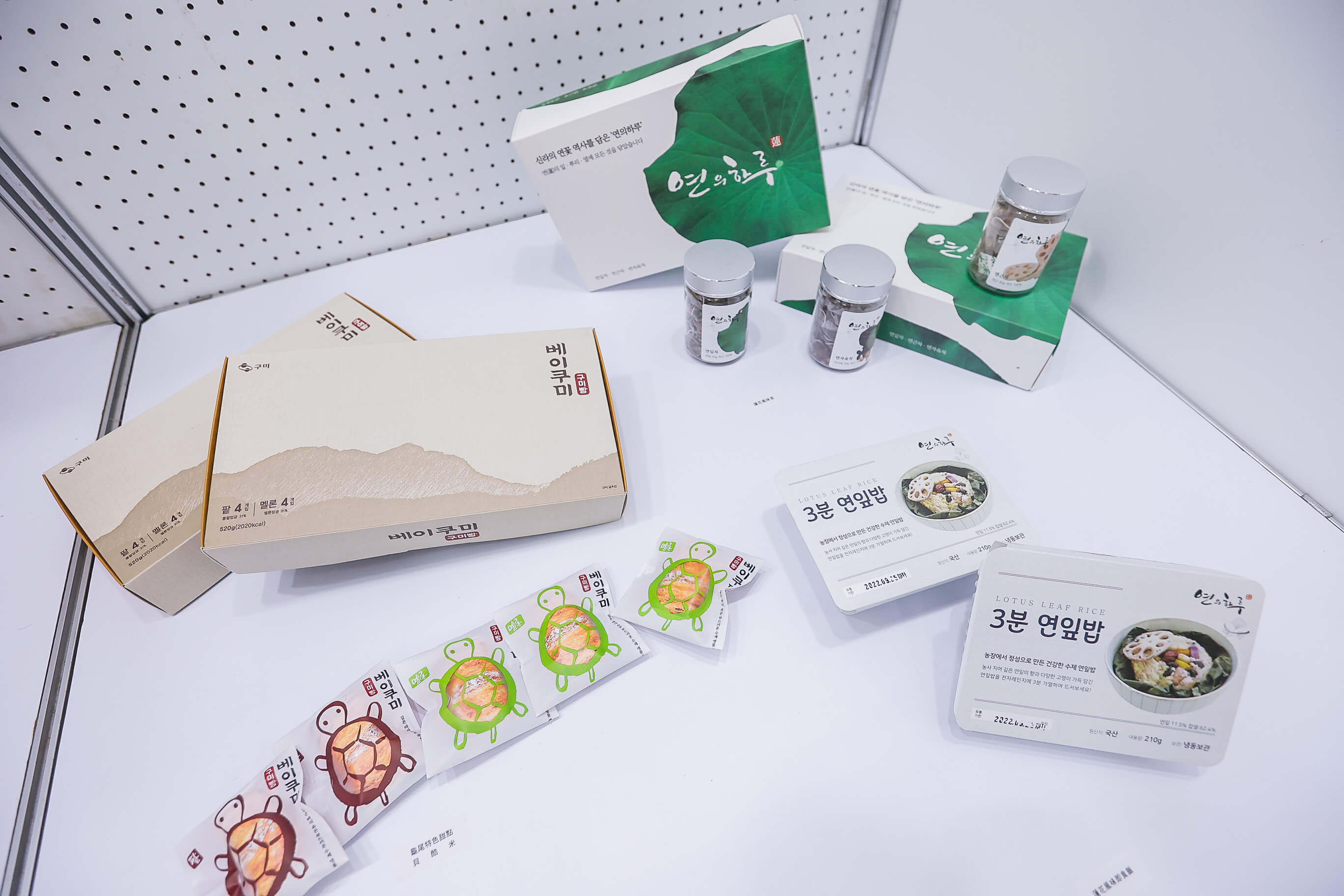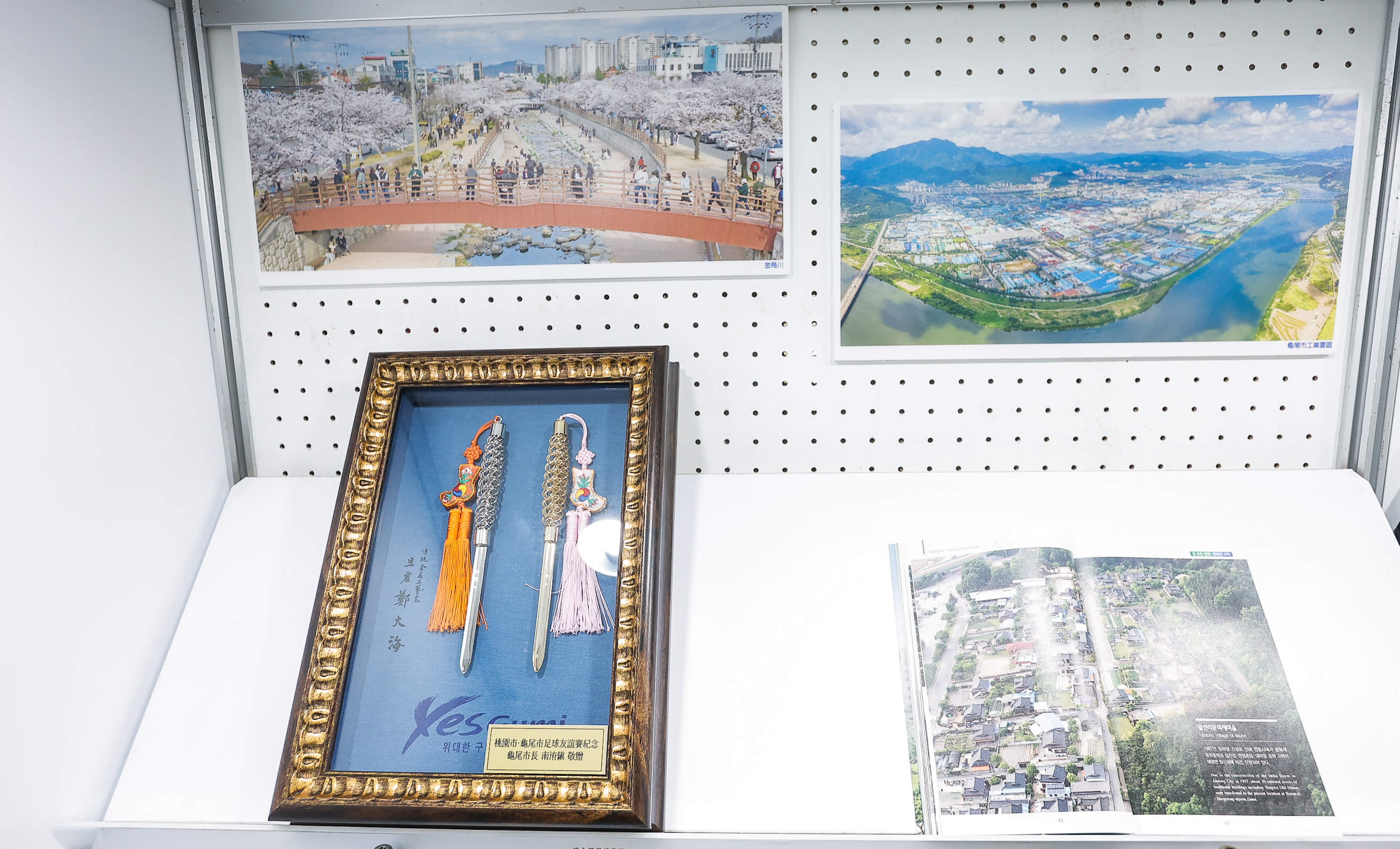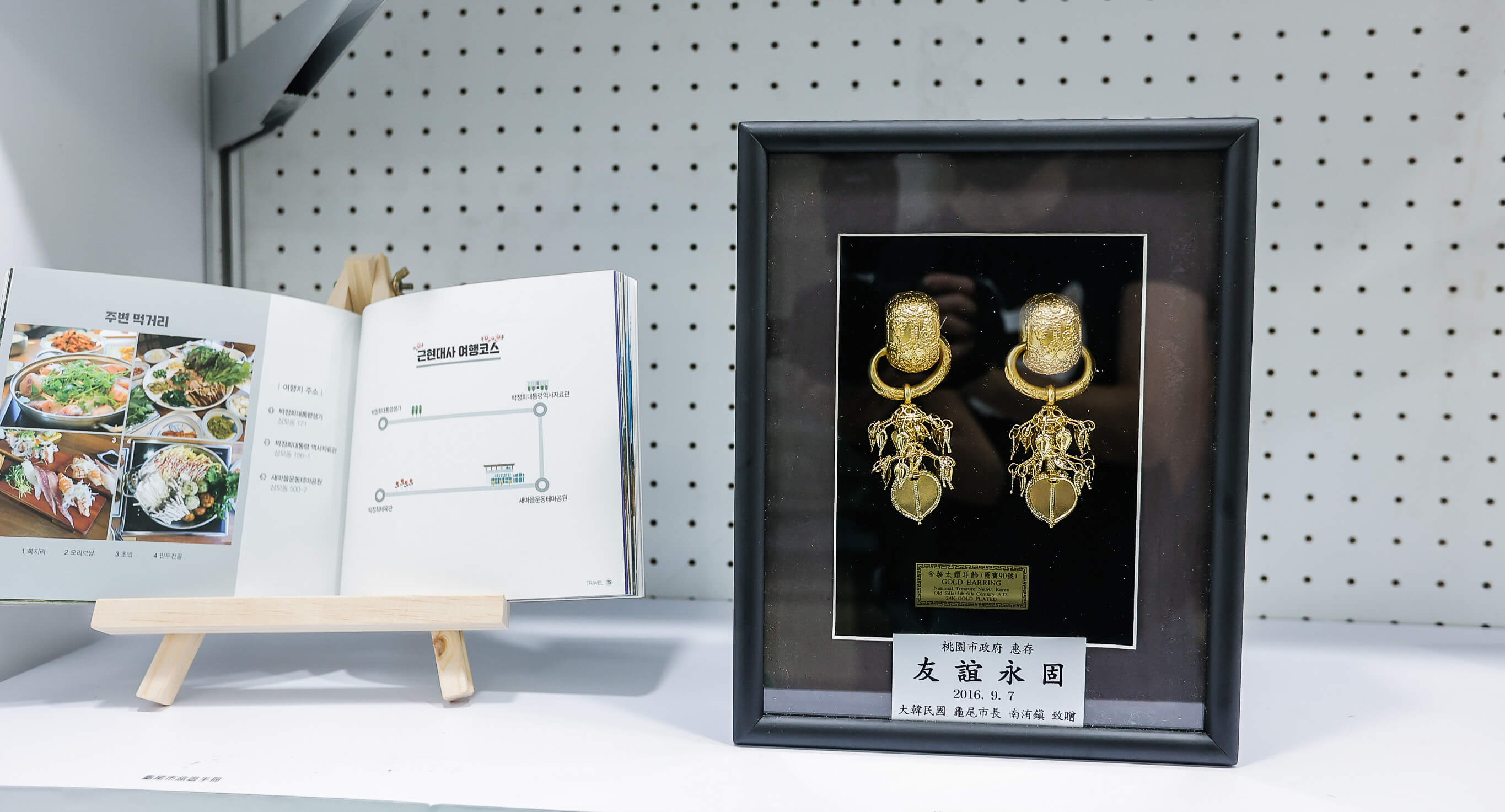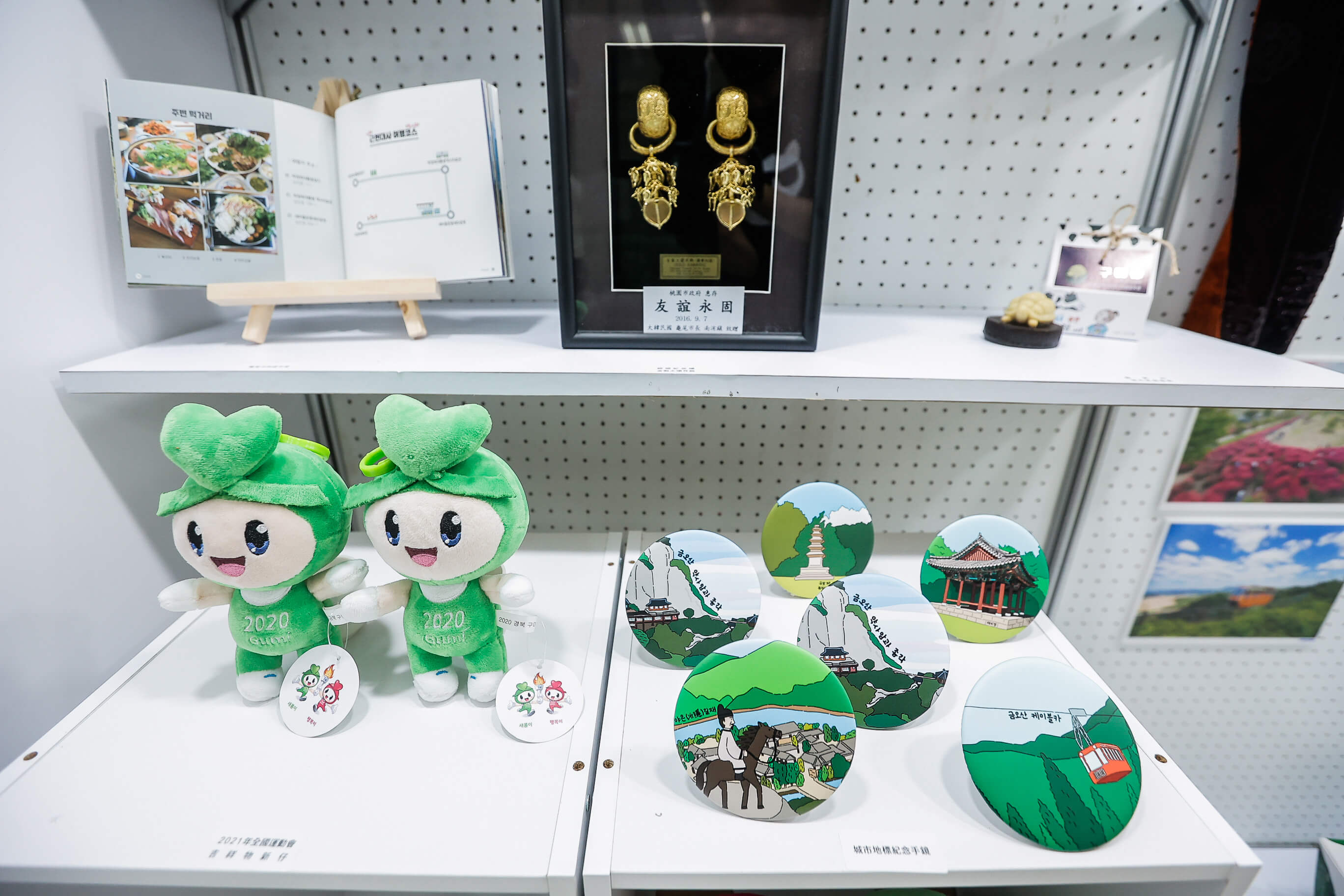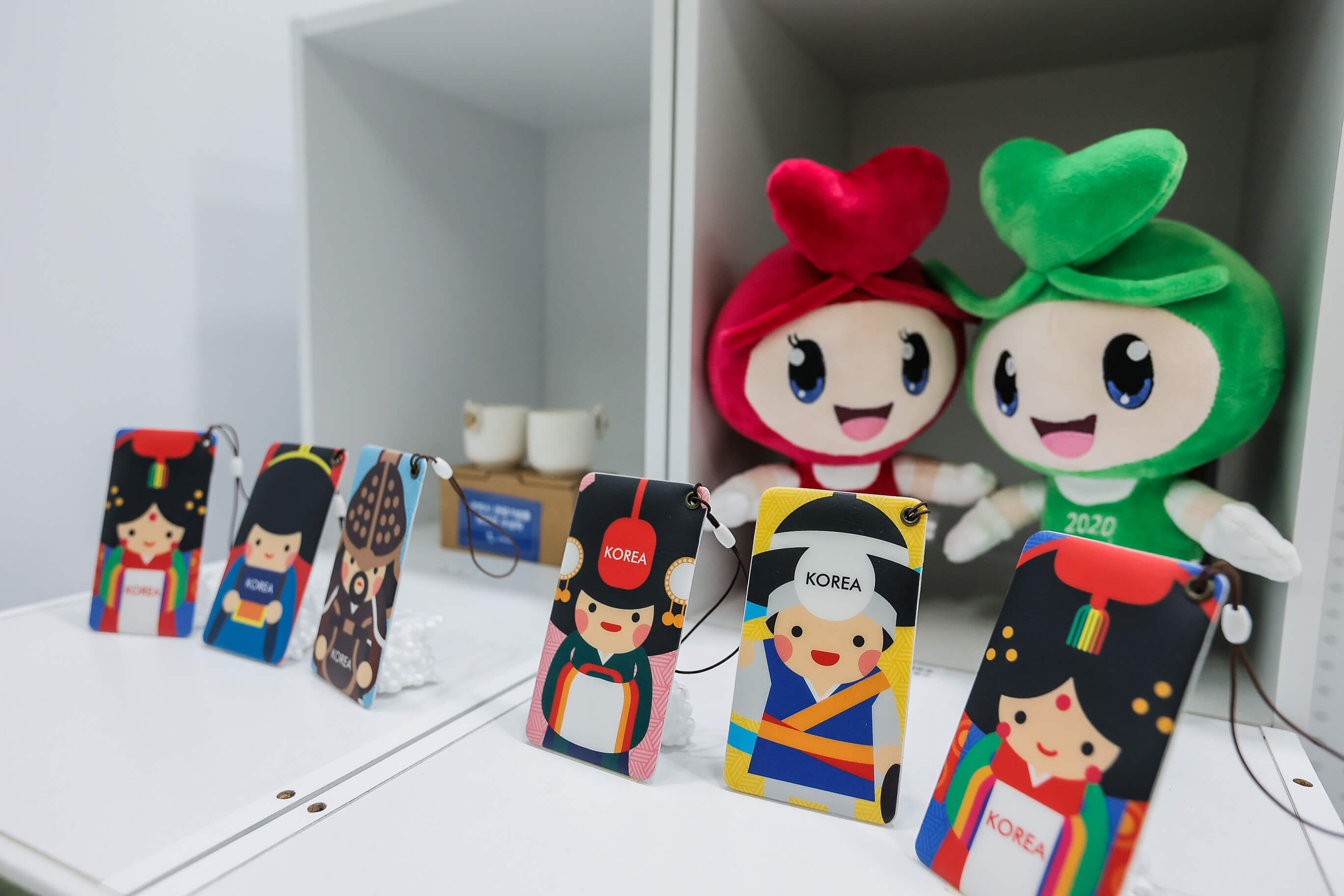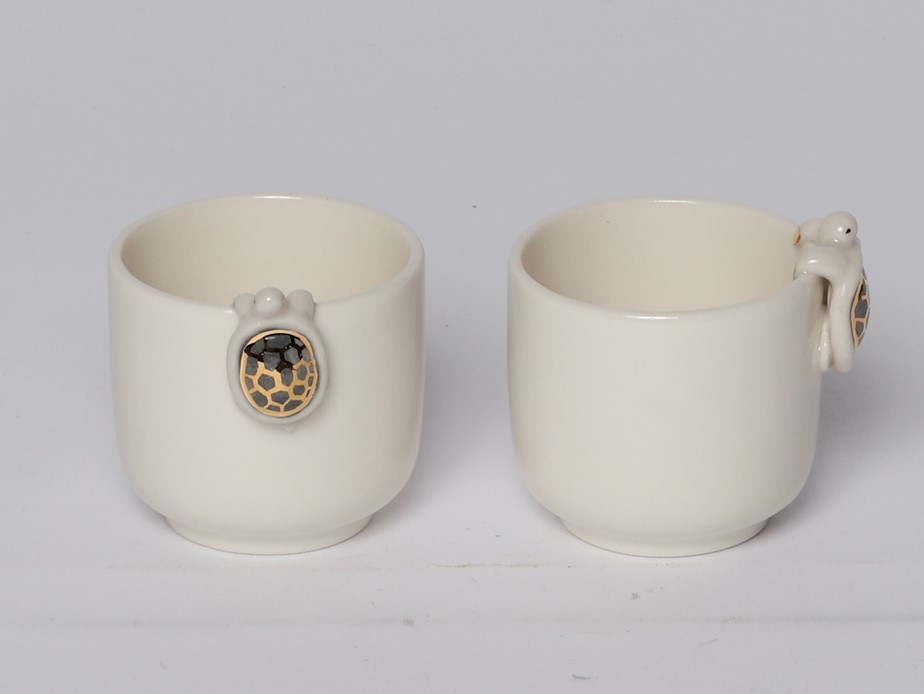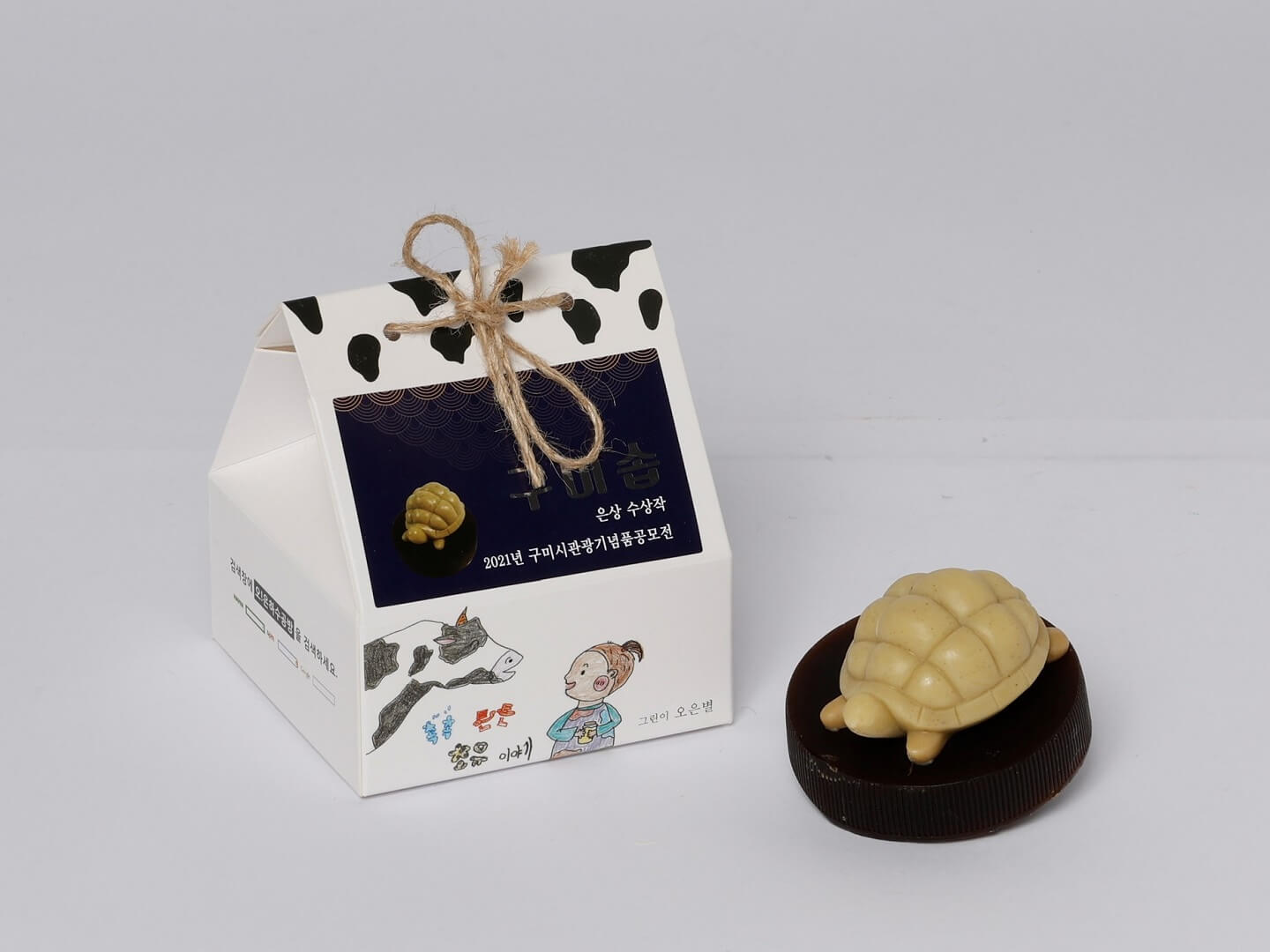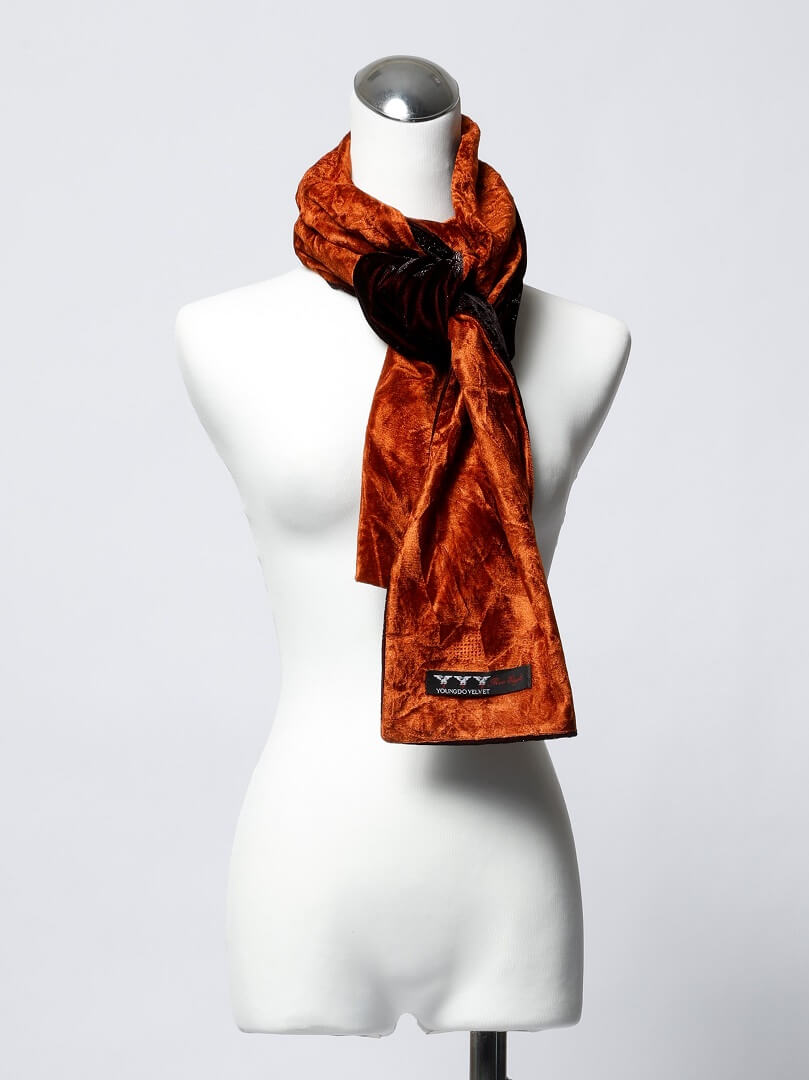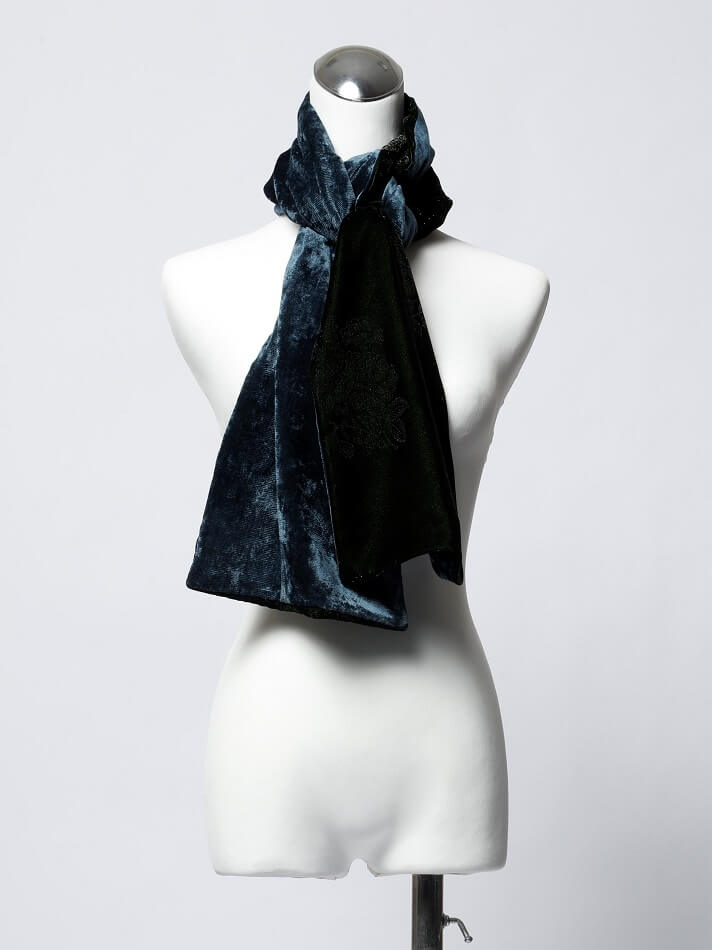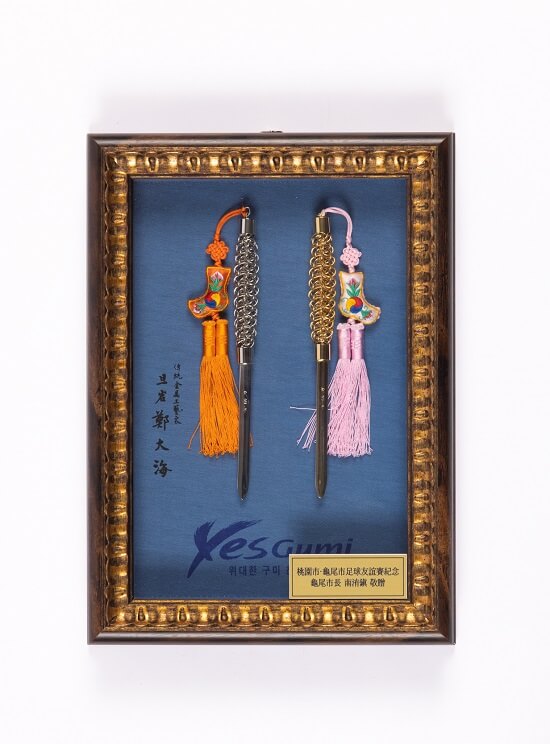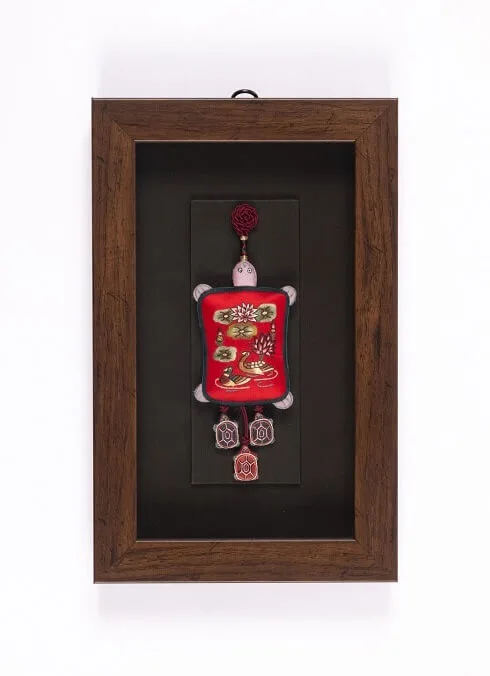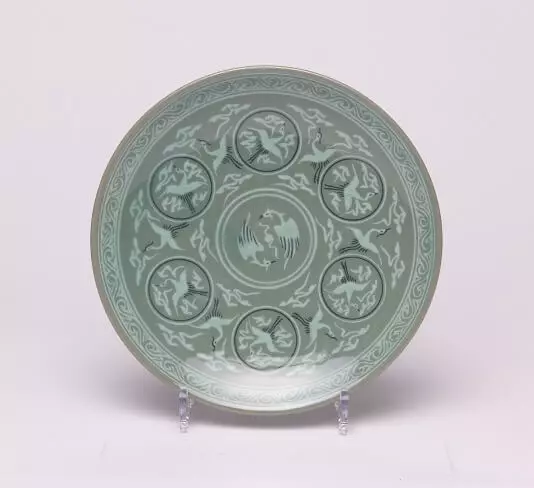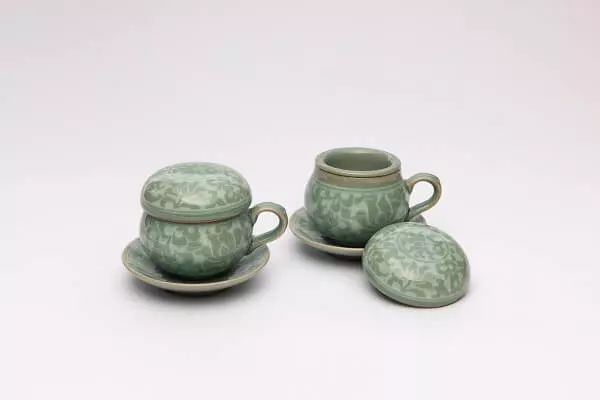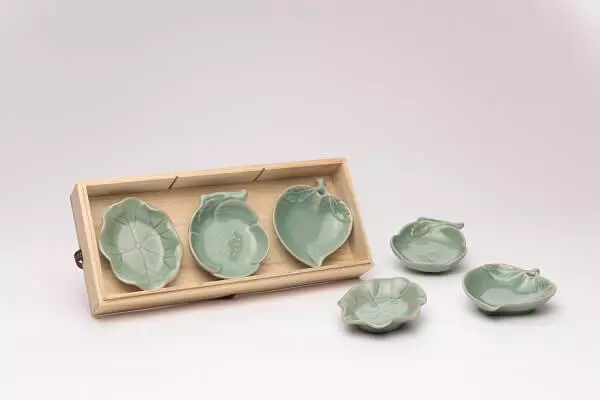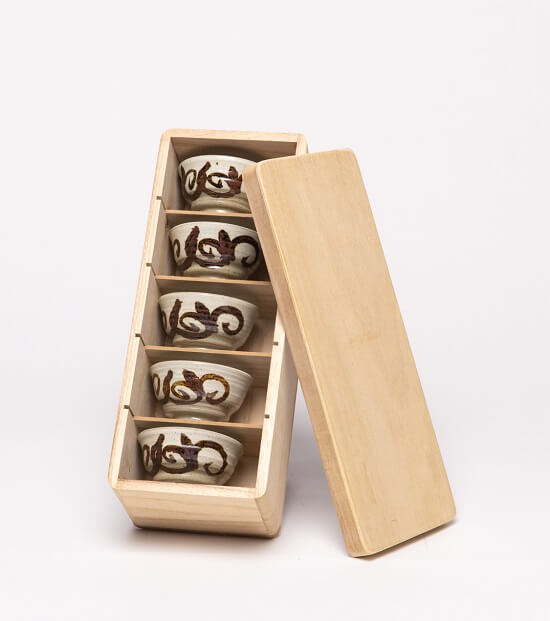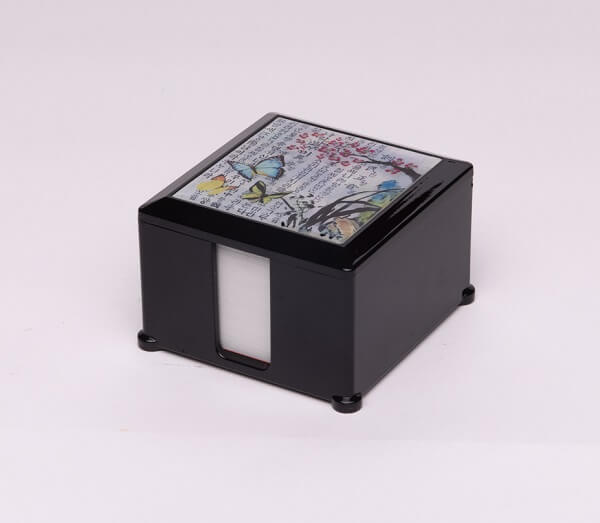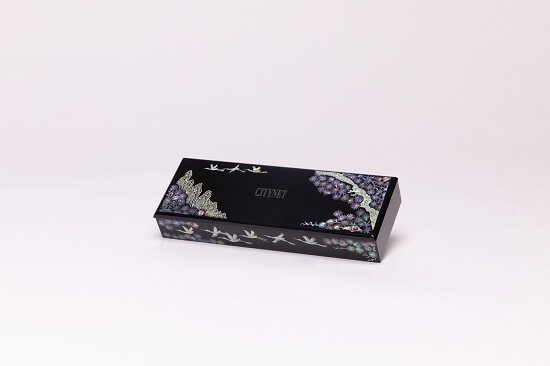
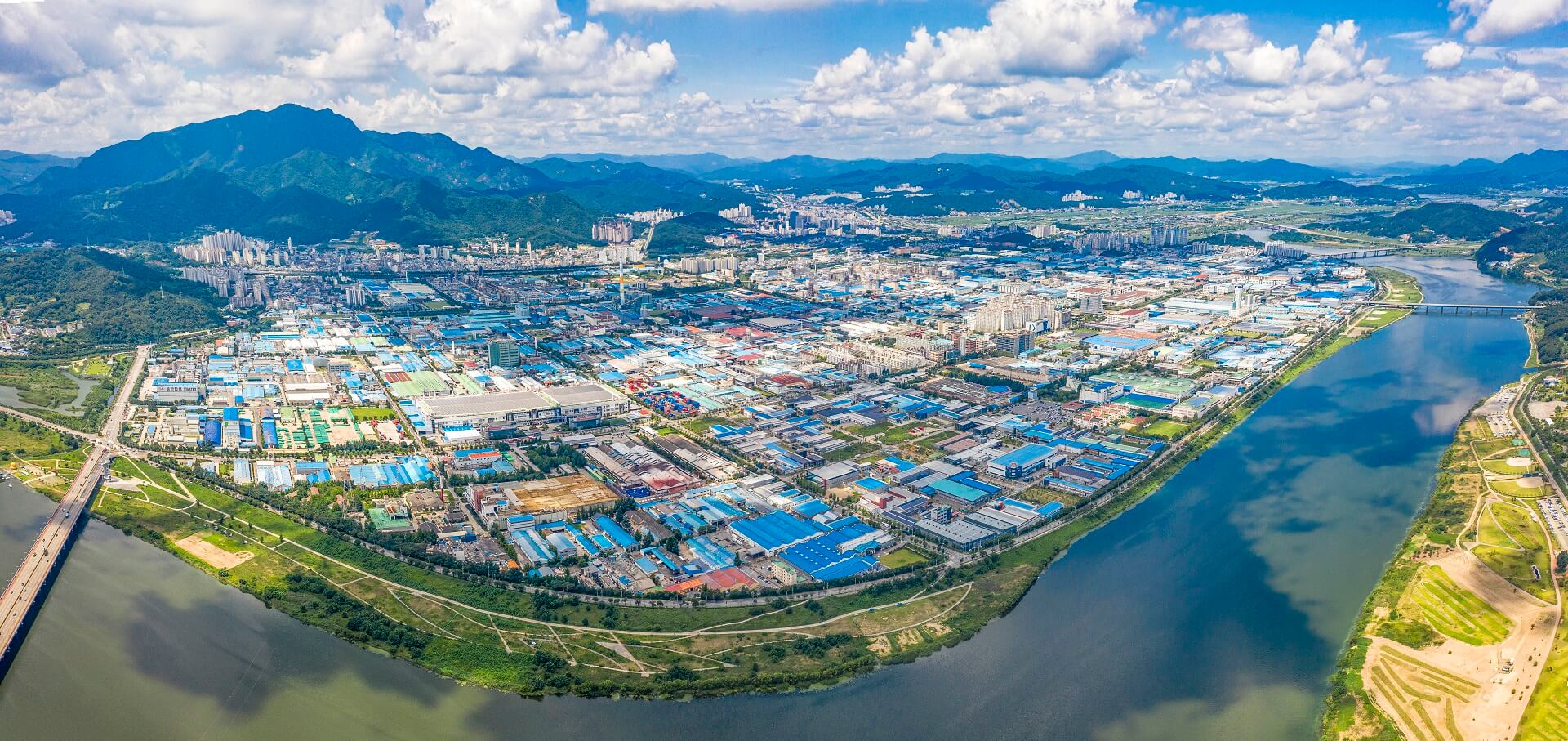
Updated at 2022-08-09
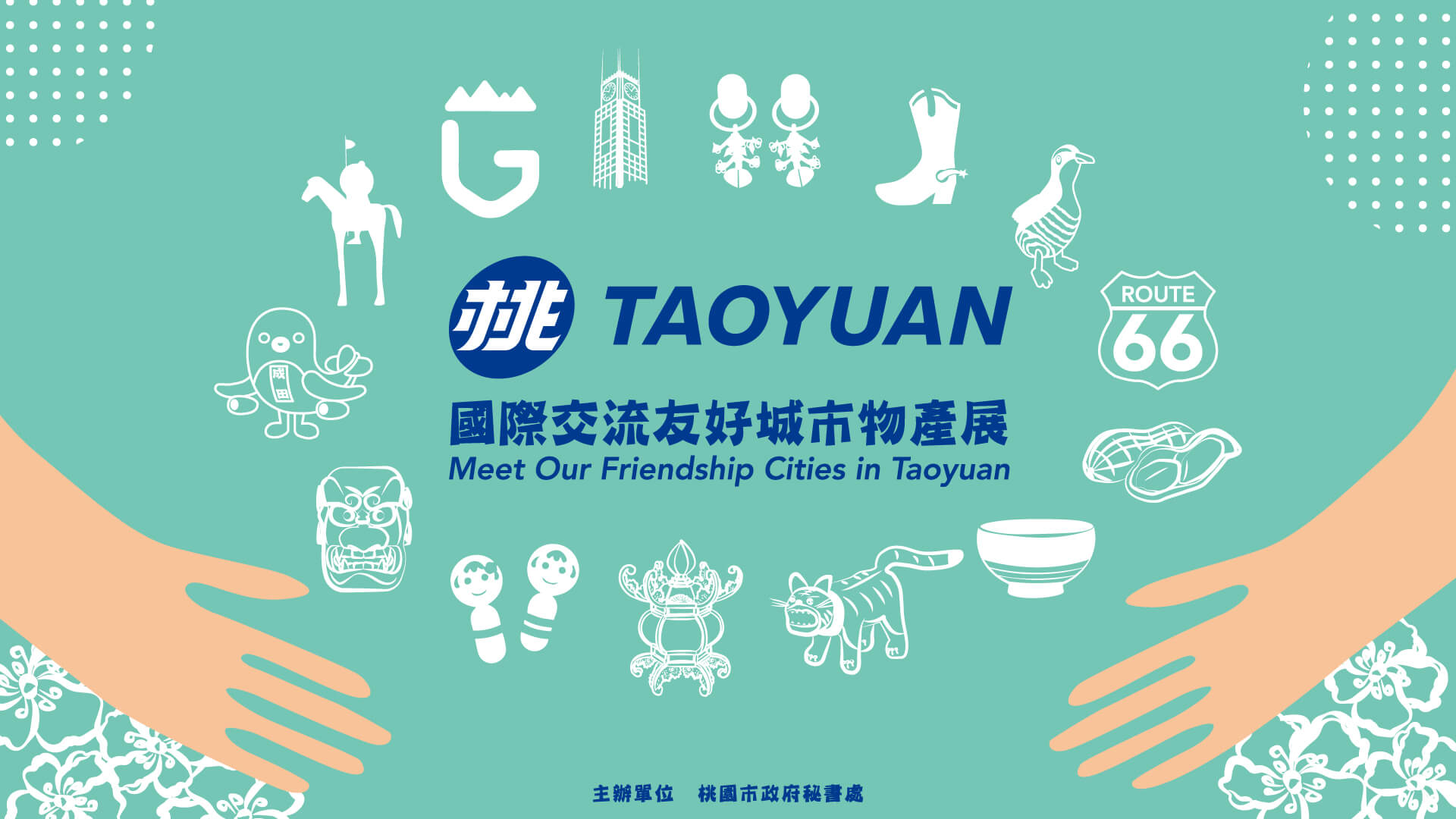
"Meet Our Friendship Cities in Taoyuan" Exhibition
Over the past seven years, Taoyuan City has continued to strengthen its international exchanges, raise its international visibility, and gradually enhance the international perspective of the public and private sectors to create business opportunities. To date, it has forged alliances with 33 cities around the world, laying a solid foundation for city diplomacy. In addition to sharing governance expertise, it also maintains ties through various exchange activities.
Since the beginning of the COVID-19 pandemic, international cities have only been able to communicate with each other online through video conferencing. The "Meet Our Friendship Cities in Taoyuan" Exhibition had participation from 14 sister cities and friendly cities from five countries in Asia, the Americas and Europe. Commemorative gifts and wonderful products from various countries were on display, enabling visitors to the Taoyuan exhibition to enjoy a taste of cities overseas and feel the glow of warmth and friendship from afar.
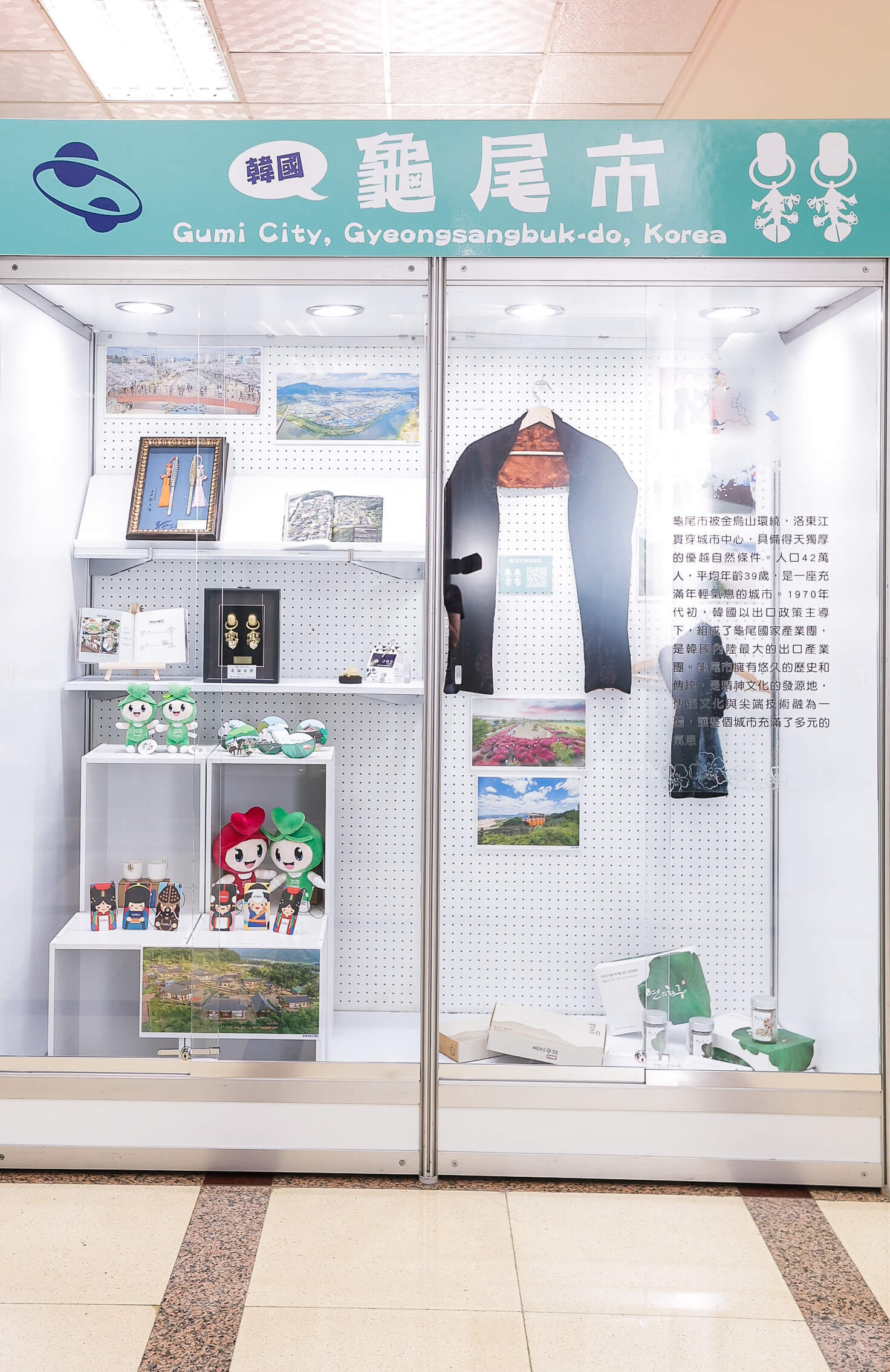
Exhibition Highlights

Blessed with a superior natural environment, Gumi is overlooked by Mount Geomo and threaded by the Nakdong River. it is a young city with a population of 420,000 and an average age of 39. In the early 1970s, South Korean export policy led to the formation of the Gumi National Industrial Complex, the largest industrial export group in inland South Korea. Gumi has a long history and traditions and is the birthplace of Korean spiritual culture. The integration of traditional culture and cutting-edge technology makes the whole city full of diversity.
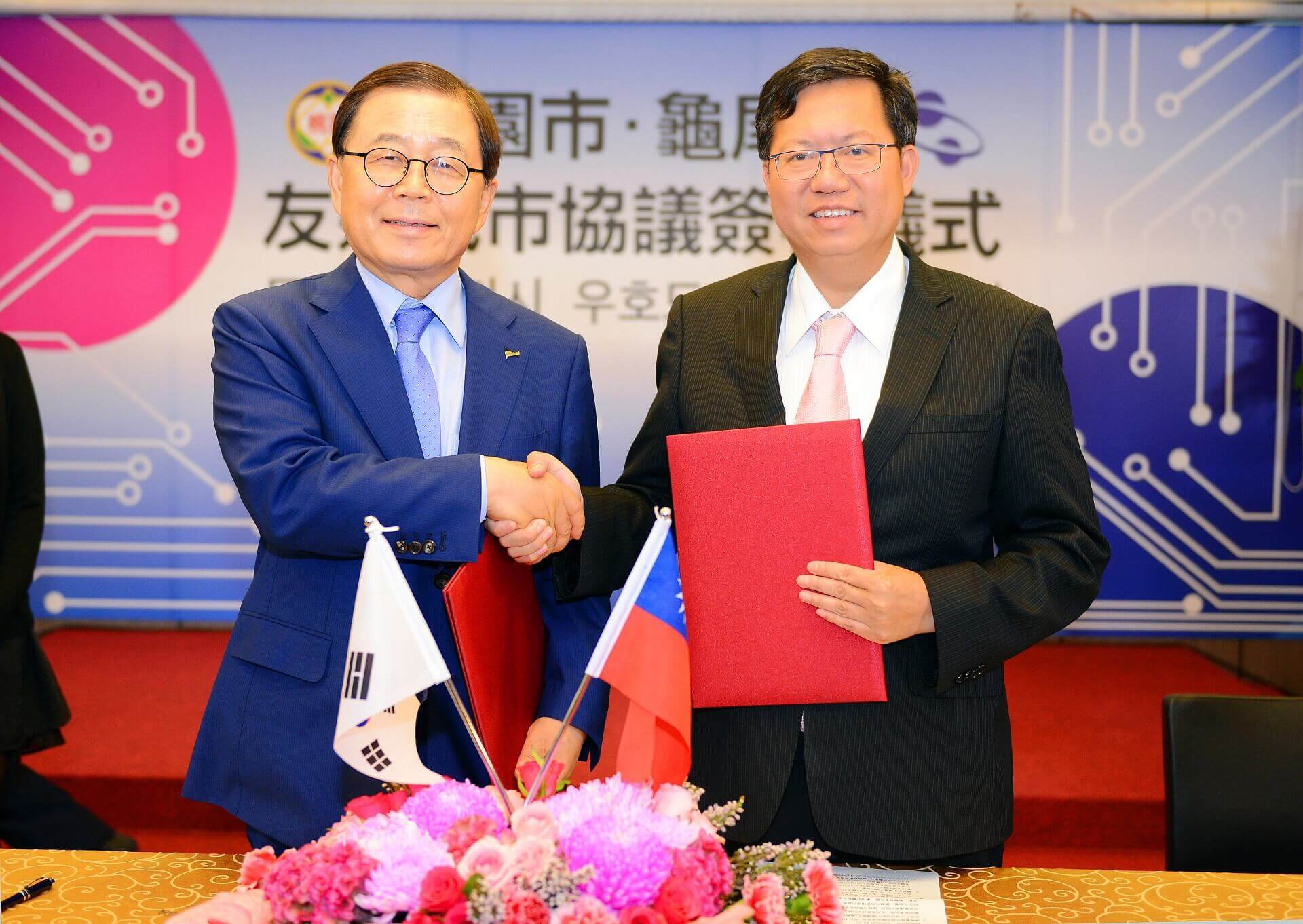
Many mutual visits and collaborations have taken place between Gumi City and Taoyuan City, such as Gumi City representatives visiting the Taoyuan Agriculture Expo, a group from Gumi participating in events and performances at the Taoyuan Band Festival, inter-city football exchanges, and Gumi donating medical masks to assist Taoyuan City’s frontline medical staff as they fought the pandemic.
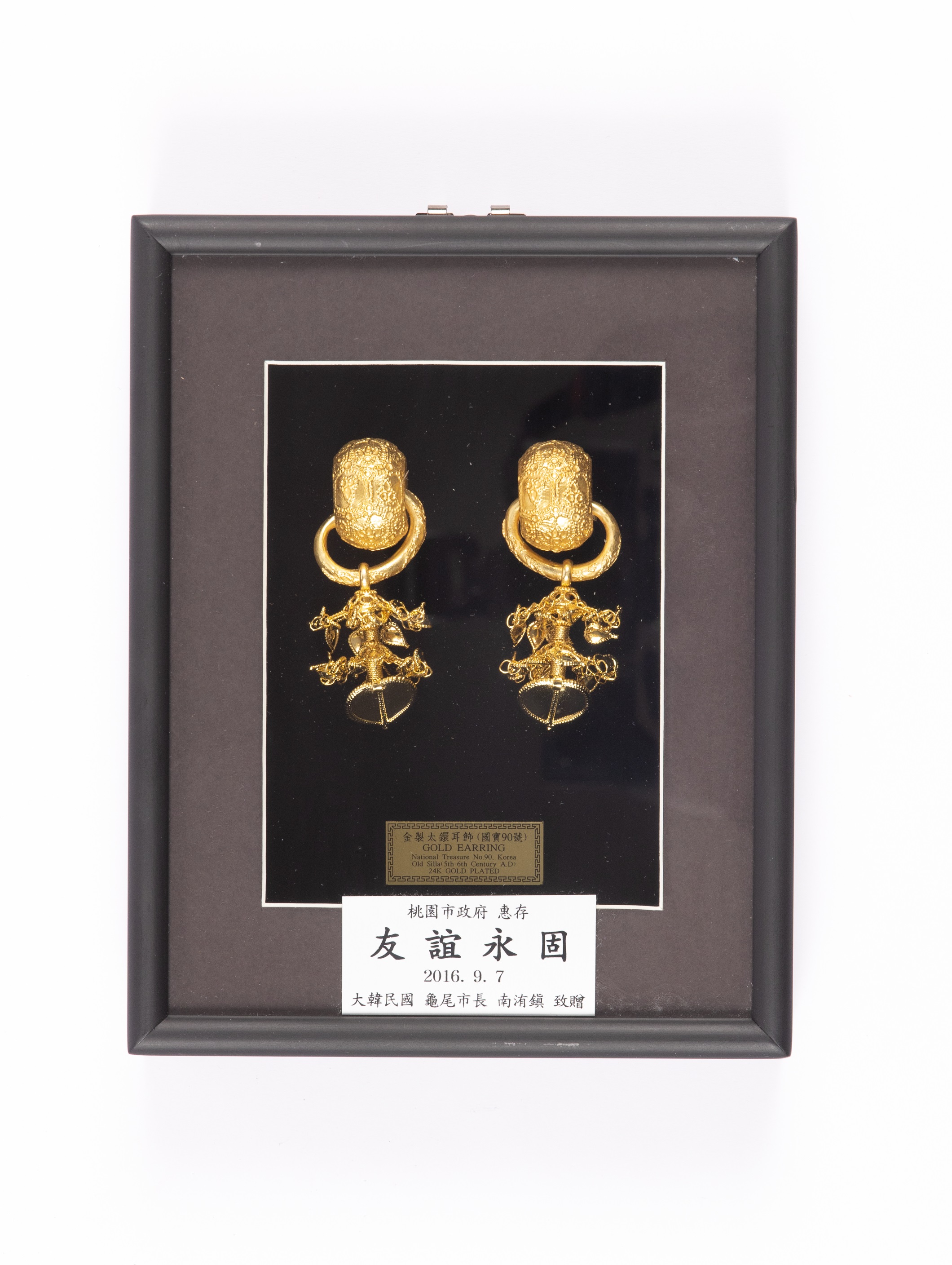
Gift marking the sister-city alliance: gold ringed earrings
The gold ringed earrings shown in the image are recognized as a National Treasure of Korea under the Cultural Heritage Protection Act enacted in 1962. Under this act, artifacts, relics, and buildings appraised and determined to have exceptional cultural, historic, or artistic value are added to a list of tangible cultural assets and assigned a number. National Treasure No. 1 is Sungnyemun, which is commonly referred to as Namdaemun. This pair of gold earrings is National Treasure No. 90. The surface of the thick central ring is decorated with honeysuckle patterns and protruding gold granules. This pair is considered the most gorgeous pair of Goryeo dynasty earrings.
Liquor Glasses and Scented soap
This is a liquor glass with a turtle-shaped sculpture.
A tutle is an official mascot of the City of Gumi.
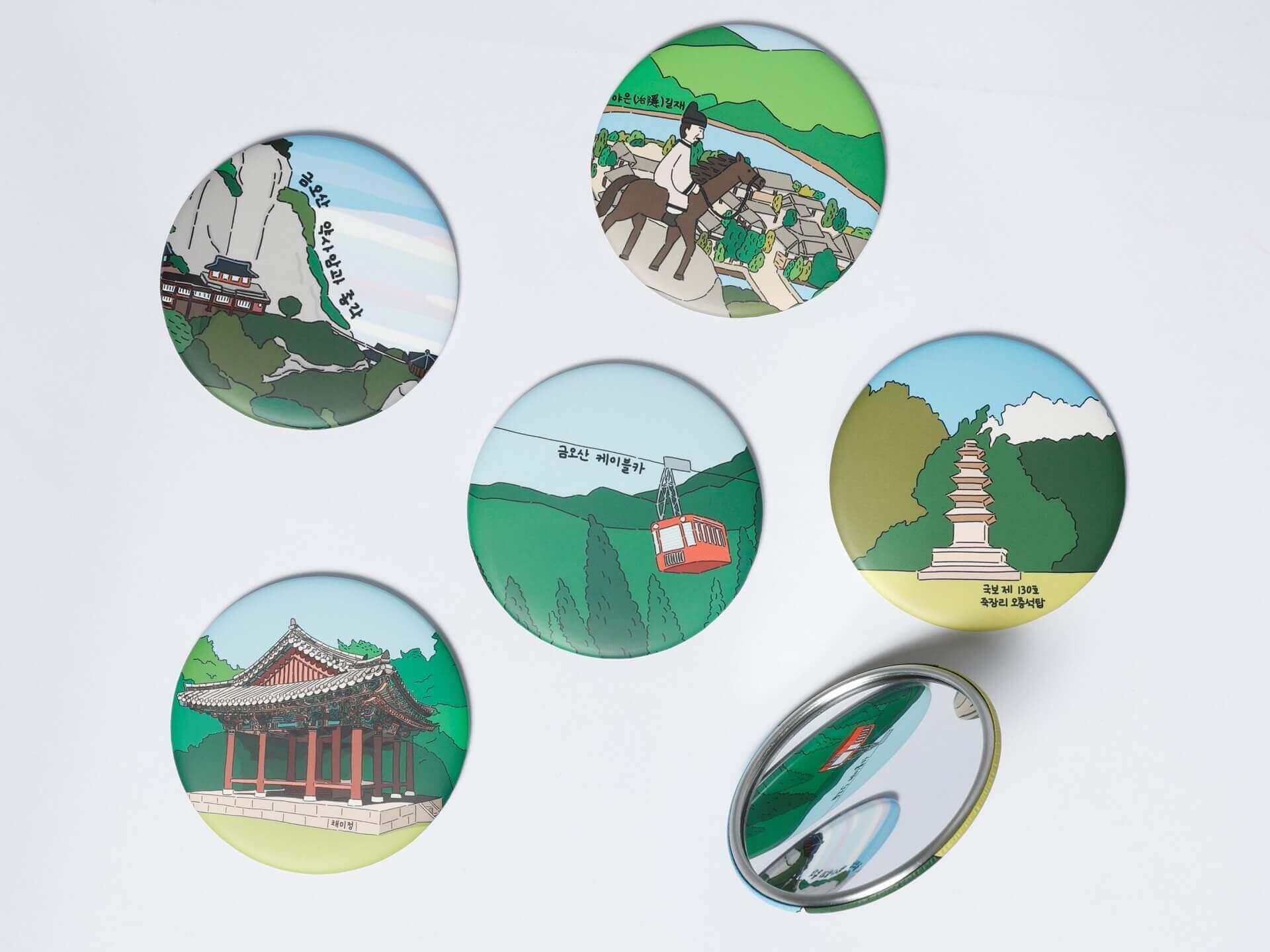
Hand Mirrors
(top left) Geumosan Mountain was designated as the first provincial park of Republic of Korea on Jun.1, 1970. It is one of the most popular attractions as it has peaceful moods and amazing landscapes. It has an entrance with imposing metasequoias lined up on the sides of the road that take you to a heavenly forest packed with cherry blossoms, pine trees and rocky hills.
(top right) Gil Jae was a great scholar-official born in Seonsan, Gumi, who lived at the turn of the late Goryeo and early Joseon periods. At the end of Goryeo, he was offered a position in the new Joseon administration but refused saying “Never Serve Two Kings”. He has become the Symbol of Loyalty and his strict loyalty, great learning, and lofty virtues have been revered by later generations.
(bottom left) Chaemijeong Pavilion was built to commemorate the unwavering loyalty and academic achievements of Gil Jae. The pavilion was built in 1768, the 44th year of the reign of King Yeongjo of the Joseon Dynasty. It stands on a pristine scenic spot alongside a clean stream flowing down a valley with lush foliage, creating a beautiful landscape against the backdrop of Geumosan Mountain.
(bottom right) This pagoda (height: 10m) is located on the site of Jukjangsa Temple. The stone pagoda is composed of 100-plus stone materials, including the stone platform and the finial. It is the highest one among the five-story brick pagodas in the country. This one was believed to have been one of the stone pagodas imitating the brick pagodas found in Andong and Uiseong. It is a piece representing the stone pagodas of the Unified Silla Period featuring grandeur, refined taste, and esthetic quality.
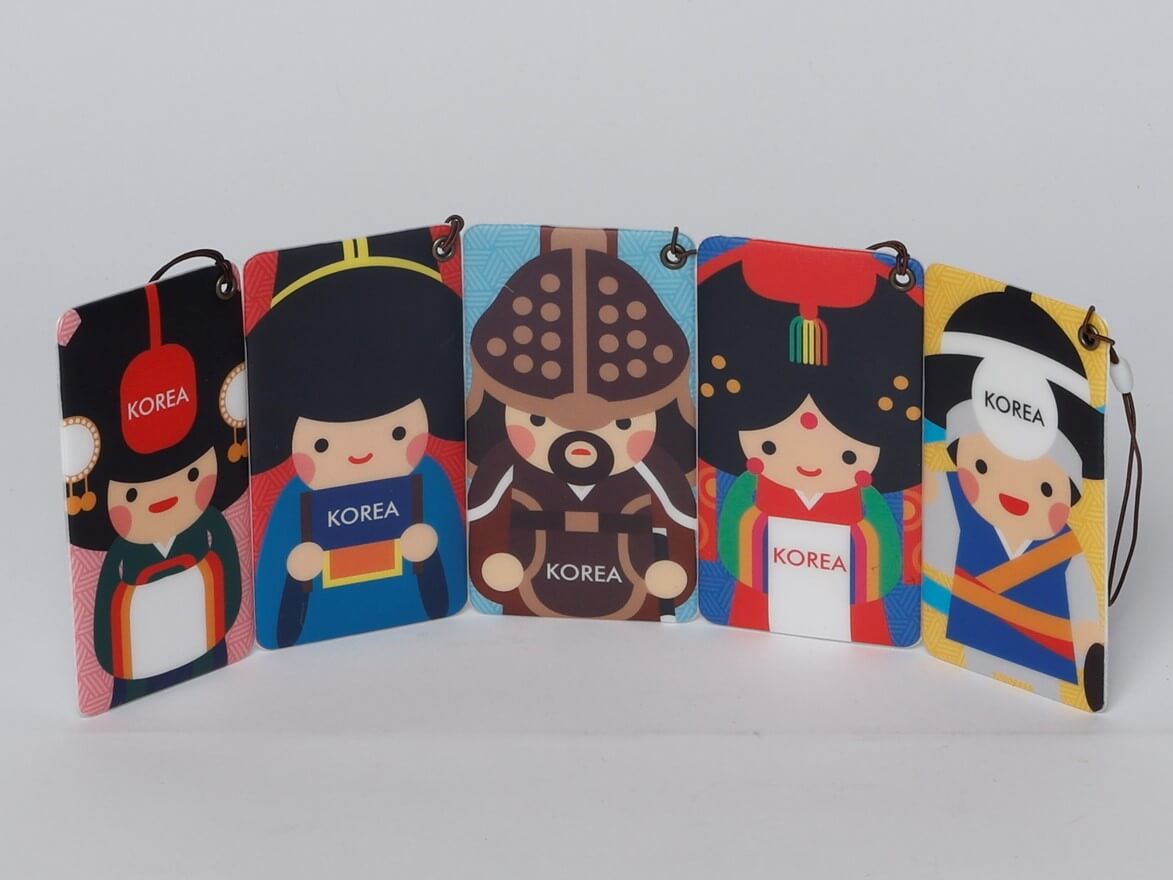
Korean Traditional Souvenir-Travel Tags
(From the left to the right)
Korean traditional weddings (Honrye) were held in the bride’s yard or house. The groom traveled by horse to the bride’s house and after the wedding ceremony took his wife in a palanquin (sedan chair) to his parents’ house to live. The bride and groom wore formal court costumes for the wedding ceremony.
Joseon lasted for approximately five centuries, from July 1392 to October 1897.
The wonsam is a female ceremonial topcoat in hanbok, Korean traditional clothing. It was worn by queens, high-ranking court ladies, and royalty during the Joseon Dynasty of Korea. Nokwonsam (green wonsam) was everyday clothes of the queen.
A general officer is an officer of high military ranks, usually in the army, and in some nations, the marines/marine corps and the air force.
Yi Sun-shin was a Korean naval commander, famed for his victories against the Japanese navy during the Imjin war in the Joseon Dynasty, and is well-respected for his exemplary conduct on and off the battlefield not only by Koreans, but by Japanese Admirals as well.
Samul nori is a genre of traitional percussion music originating in Korea. The word samul means “four objects” and nori means “play”; samul nori is performed with four traditional Korean musical instruments: Kkwaenggwari (a small group), Jing (a larger gong), Janggu (an hourglass-shaped drum), Buk (a barrel drum similar to the bass drum).
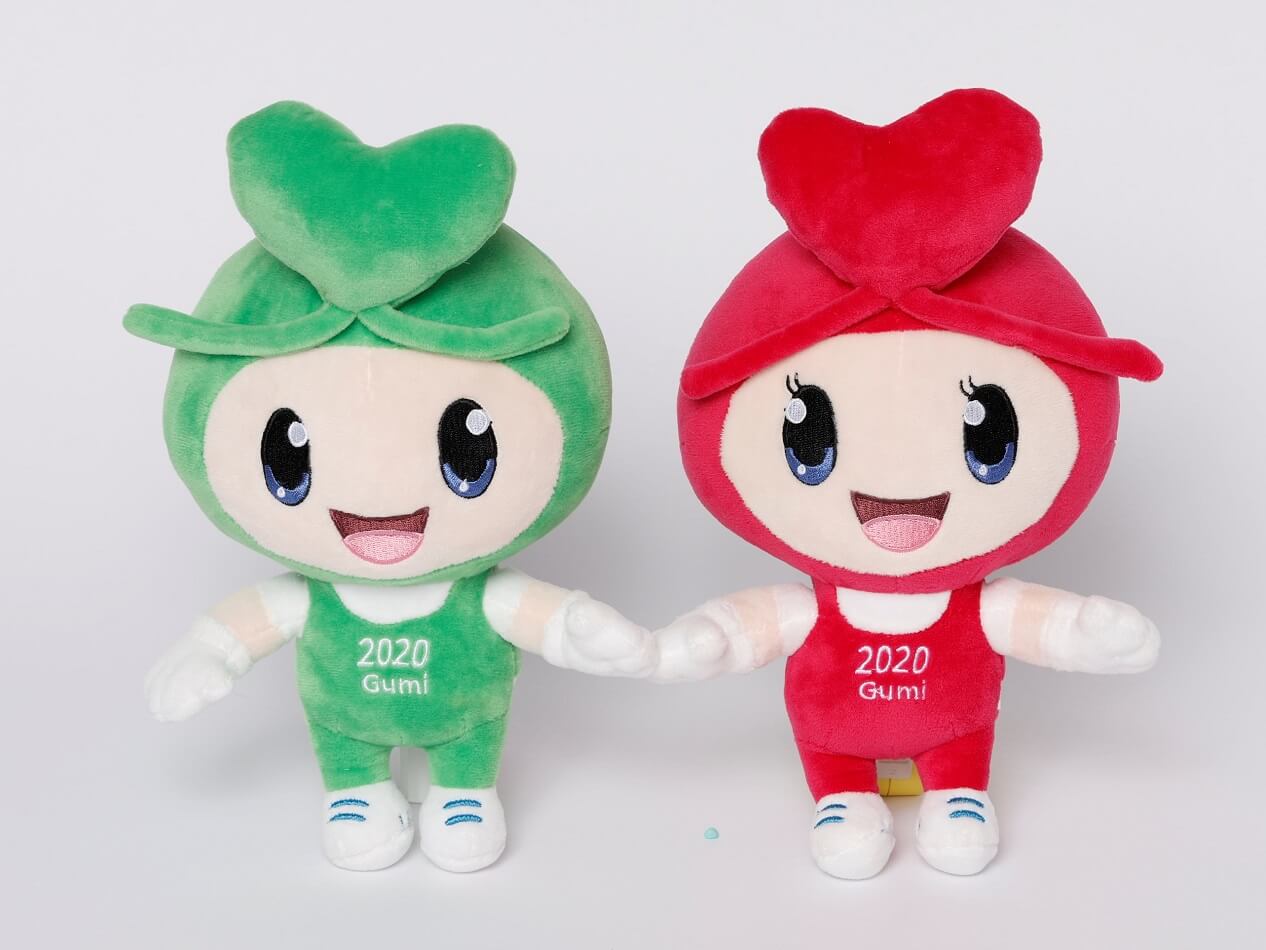
The 102nd National Sports Festival Mascot Plush Dolls - Saeromi(Green), Haengboki(Pink)
Gumi hold The 102nd annual Korean National Sports Festival and the 41st National Para Games in Oct. 2021 under the catchphrase “A New Gyeongsangbuk-do! A Happy Korea!” The official mascots of these Games are "Saeromi (Being New)" and "Haengboki (Being Happy)."
Youngdo Velvet Scarf
YOUNGDO VELVET CO. LTD was estahlished in 1960 and located in Gumi.
It ranks the first in the global high-end velvet market with export its products to 142 countries. It also obtained the world's first water-washing velvet technology patent.
Related Collection

